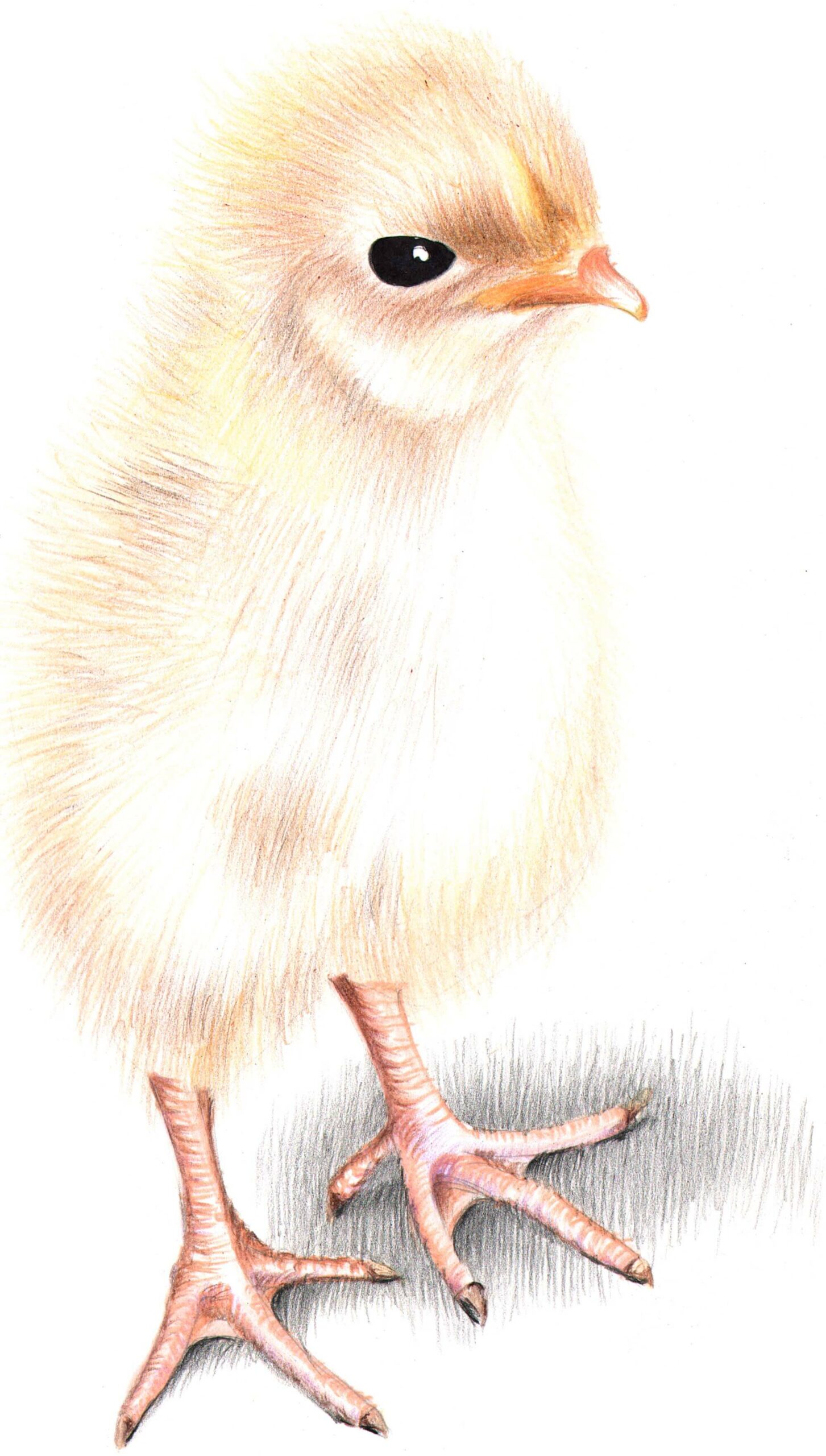Considering backyard chickens? Here are a few varieties from which to choose.
If you’ve ever considered getting backyard chickens, sticker shock from a carton of eggs might just be the final push you need to build that coop. Egg prices have jumped nearly 50 percent in the last year, according to the Consumer Price Index, making it the largest hike among grocery items for that period.
“Entire barns of chickens, commercially, are being exterminated because they get avian flu, and it’s incredibly contagious,” explains Wendy Baroli, farmer at Girlfarm in Reno. Baroli, who’s had chickens as long as she can remember, has been forced to take extra precautions to make sure her birds don’t come into contact with the migratory waterfowl and corvids that are attracted to the lake on her property.
But flu and predators aside, raising chickens — and the delightful rainbow of eggs they produce — is more than worth it, Baroli says. There are hundreds of varieties of chickens to choose from, each with its own personality, pros, and cons. Just take your pick!
Bantam Silkie
Silkies are the lap dog of the chicken world. The docile, friendly chicken is a treat to look at, with its fluffy plumage on its head, legs, and feet.

The “pom-pom” chicken is always considered a bantam — the smaller version of a specific chicken breed — and thus lays smaller eggs (around two to three per week) than its regular-sized counterparts.
Black Star
Following World War II, the country needed a high-producing chicken following years of disrupted food chains and rationing. Several types of chickens were bred until a winning combination was discovered: a male New Hampshire or Rhode Island chicken and a barred Plymouth Rock hen.
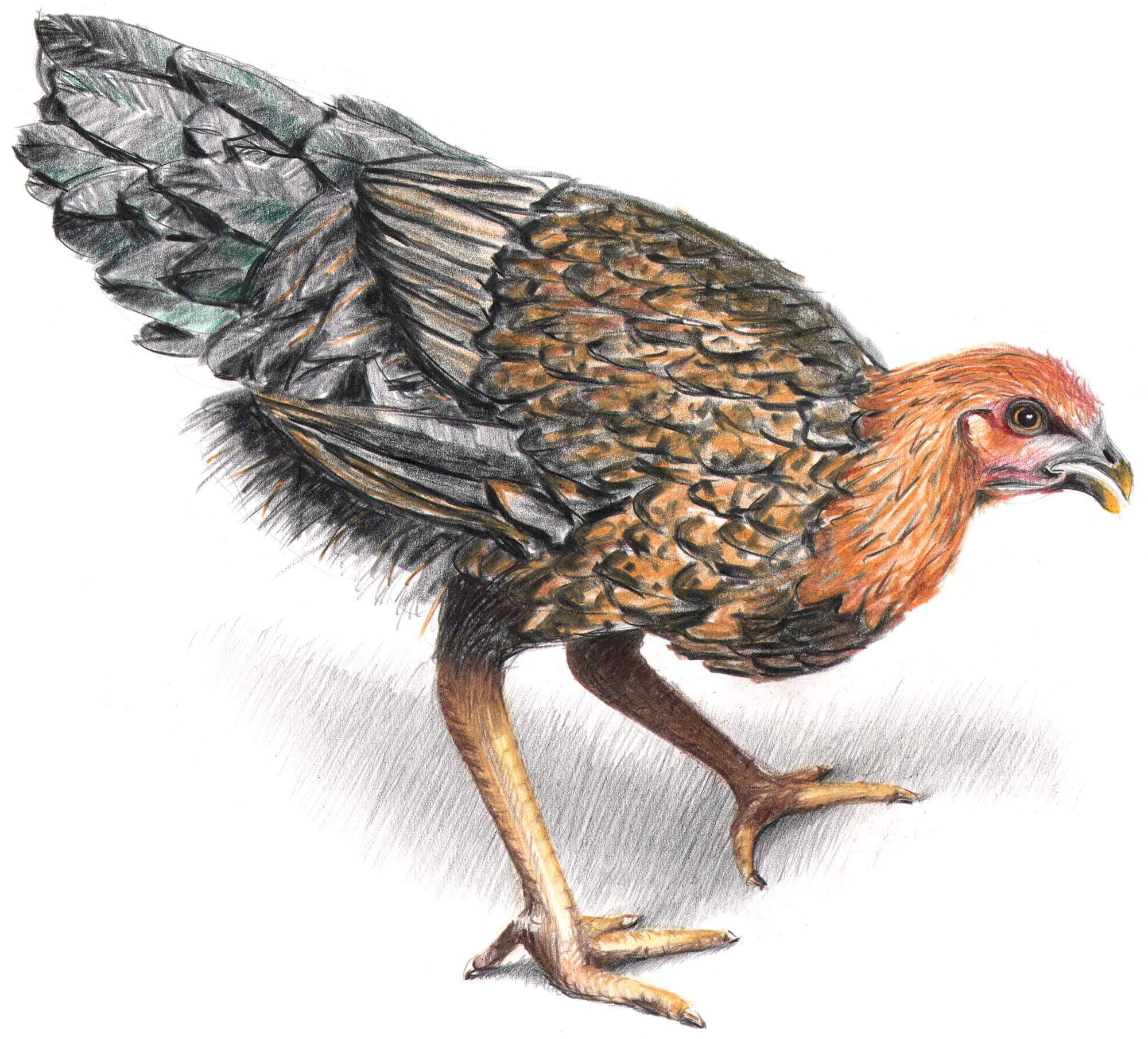
The resulting offspring — the black star — is known for producing roughly five large brown eggs a week. This super-layer is friendly, hardy, and easygoing.
Buff Orpington
The plump gold buff orpington is not necessarily known for its egg-laying ability (hens can be “broody” and stop laying eggs in favor of sitting on them), but it is much loved by farmers and backyard rearers alike for its agreeable personality and willingness to be handled.
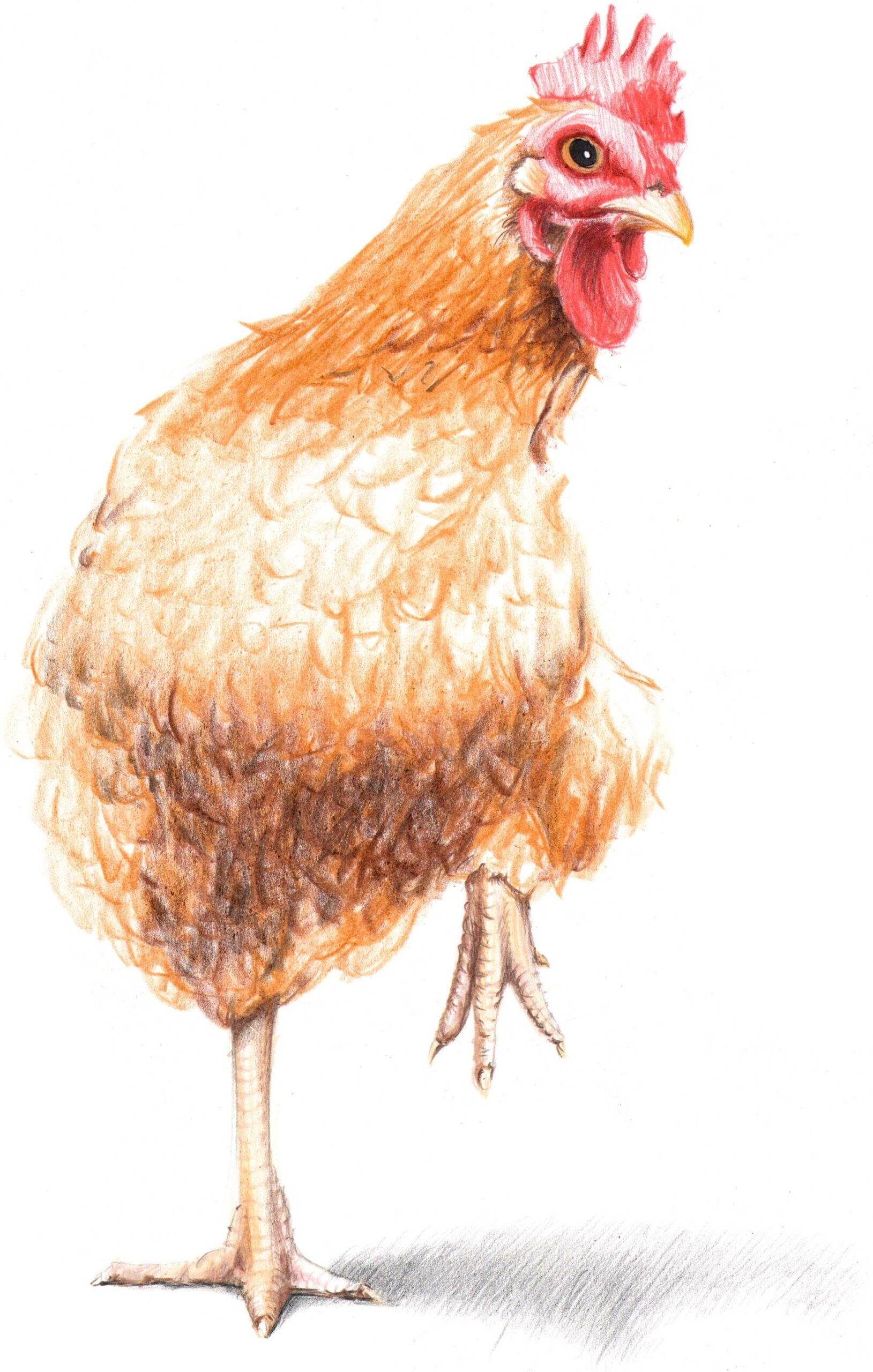
Buffs make great birds if you have children, and they produce three to five large brown eggs a week.
Cornish Cross
If you’re considering raising chickens for meat, the Cornish cross is the most well-known breed.
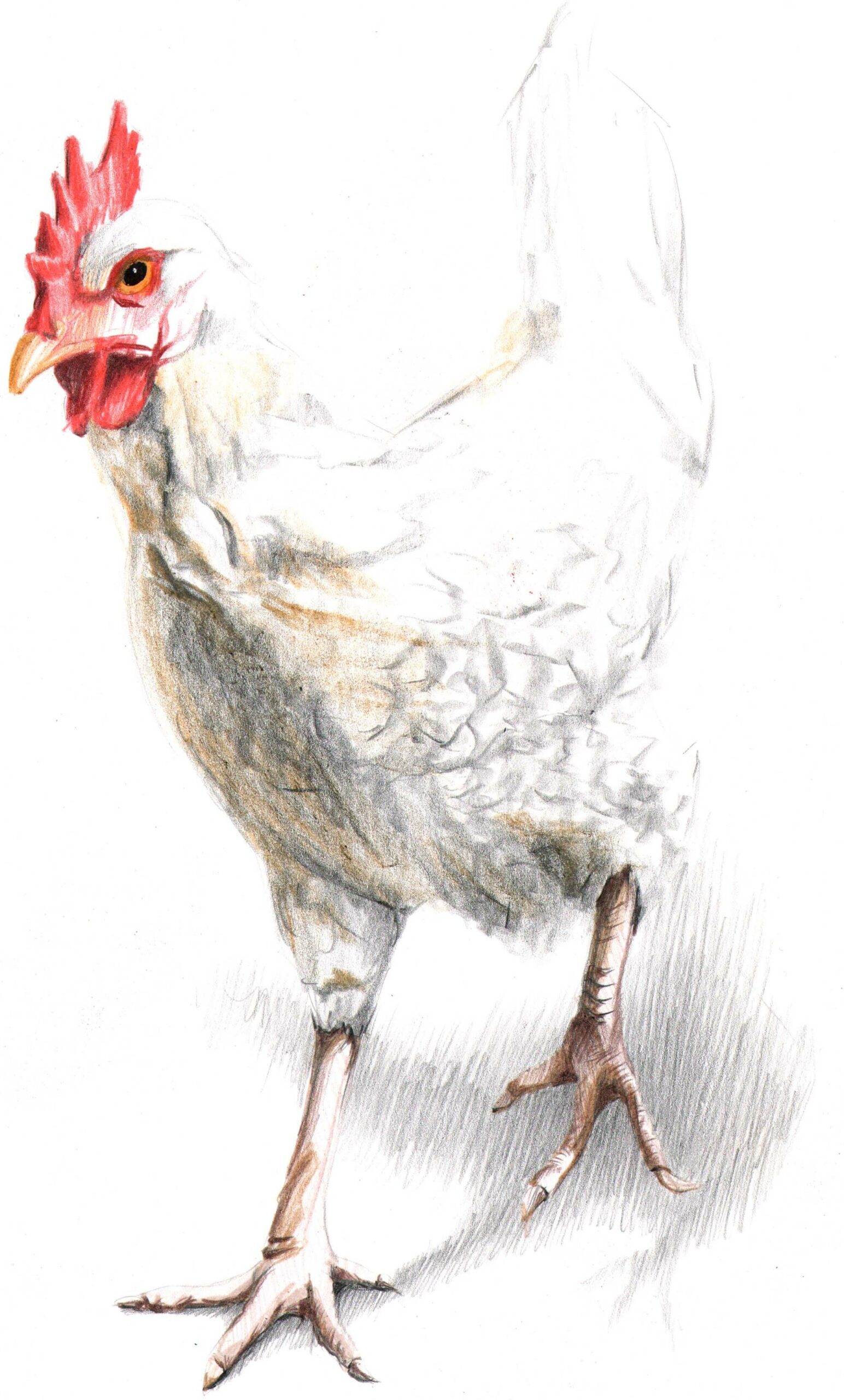
In fact, it’s likely the bird you’ll find at the grocery store. They are poor layers but are ready for harvest in just eight to 10 weeks.
Delaware
The Delaware is a medium-sized, dual-purpose bird. It lays around four eggs per week and reaches maturity at around 16 to 20 weeks, when it can be harvested for meat, if desired.
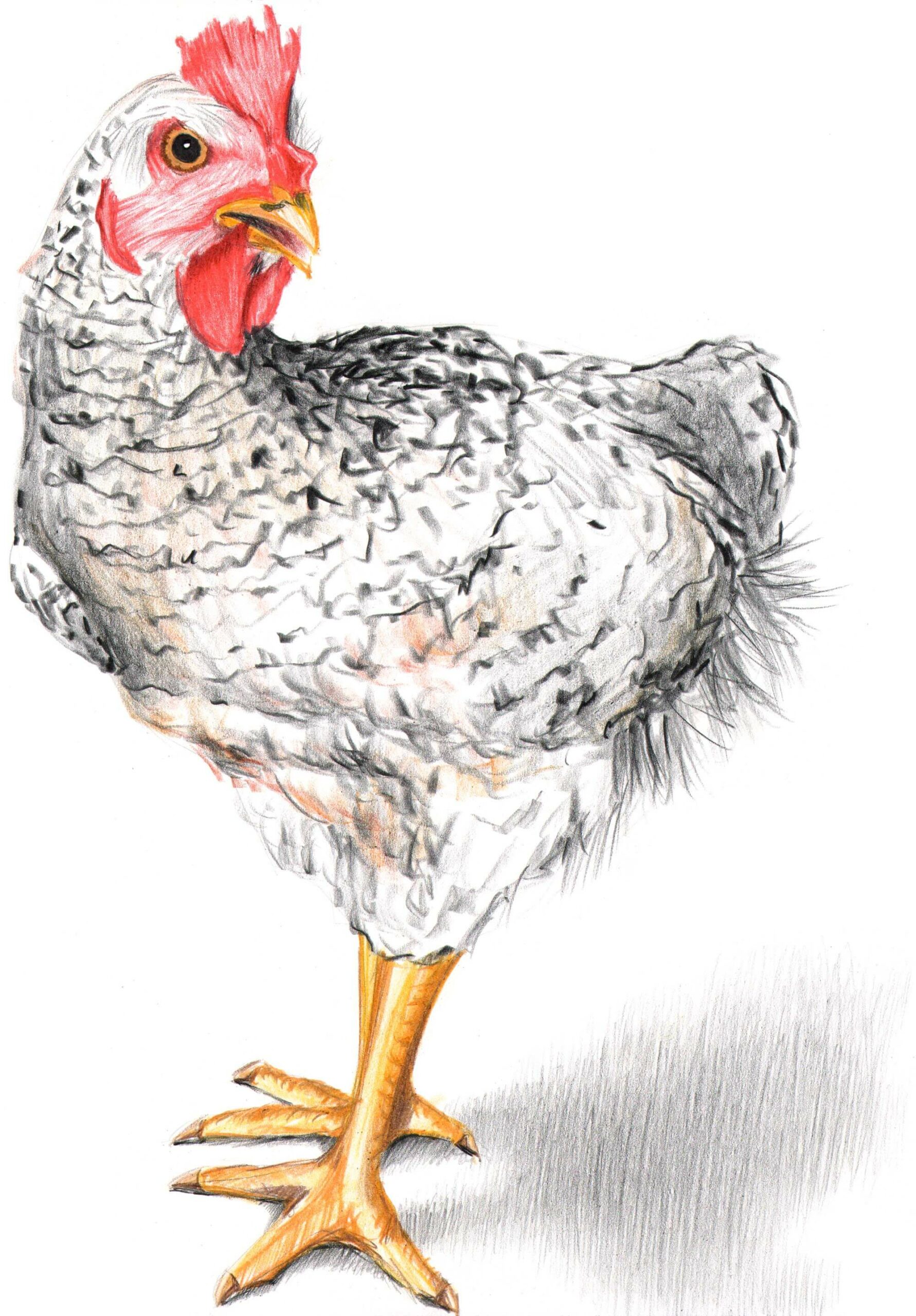
This variety is not necessarily a lap chicken, but it is known for being calm and curious about whatever is going on nearby.
Plymouth Rock
The black-and-white-speckled Plymouth Rock is one of America’s oldest breeds of chicken.
 This well-rounded, dual-purpose bird lays roughly four eggs per week. Its mellow, good-natured personality makes it a great backyard chicken for families. These hardy birds also live 10 to 12 years and lay eggs most of that time.
This well-rounded, dual-purpose bird lays roughly four eggs per week. Its mellow, good-natured personality makes it a great backyard chicken for families. These hardy birds also live 10 to 12 years and lay eggs most of that time.
Claire McArthur is a freelance writer who is always on the cusp of getting chickens … but, to the great relief of her husband, has not yet made it happen. The threat is always there, though.
